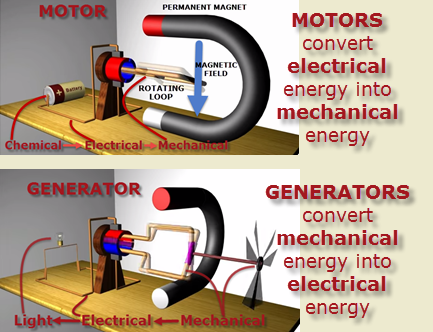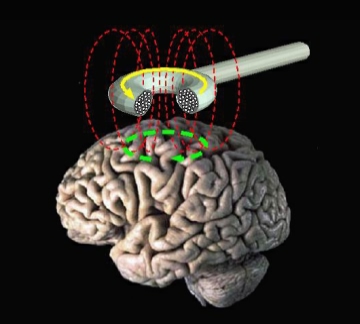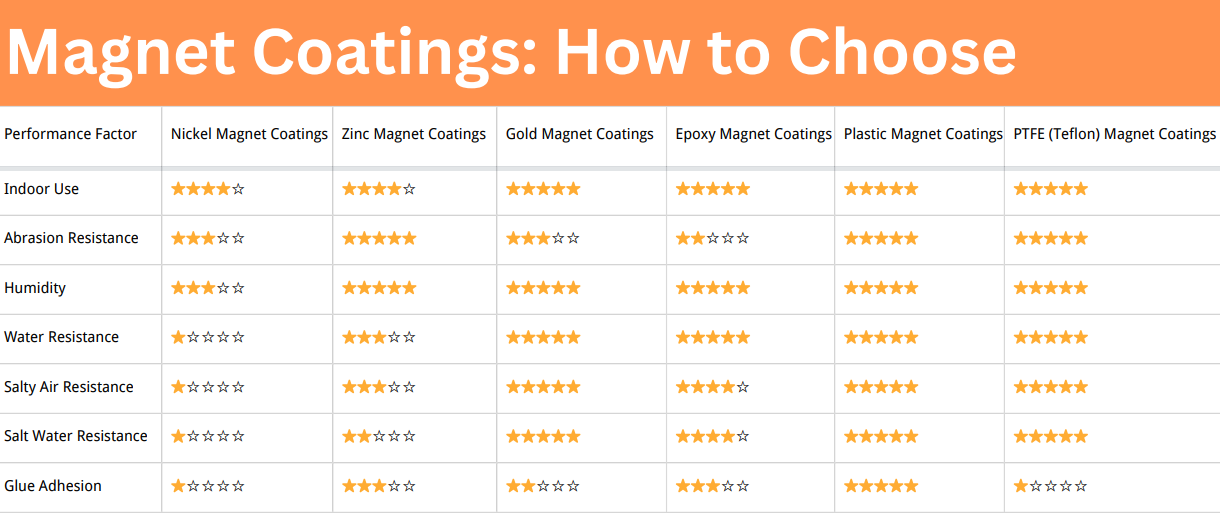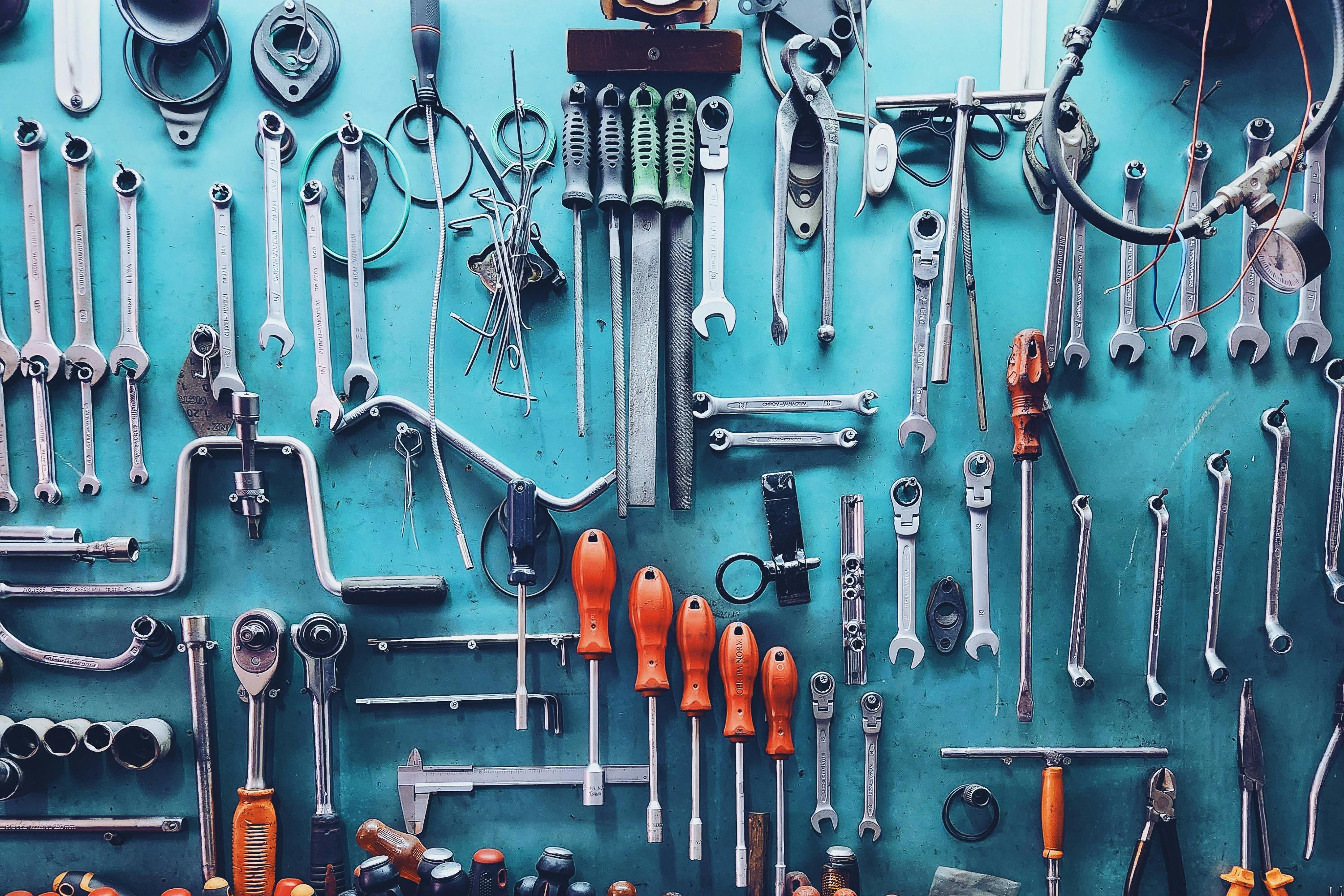Why and How Magnets Can Generate Electricity?
Introduction
In the early 1820s, Michael Faraday, an English scientist, was able to generate electricity by moving a loop of wire between the poles of a magnet. And he posited the first principle for generating electricity.
Electrical energy obeys the first law of thermodynamics which states that energy can neither be created nor destroyed but can be converted from one form to another. Following this law, magnetic energy can be converted to electrical energy. Hence, magnets can be used to generate electricity. This raises the question, How?
What Is Electromagnetic Induction?
For a better understanding of how magnetic forces can generate electricity, we must take a close look at a phenomenon known as electromagnetic induction.
Electromagnetic induction is a process that creates an electromotive force across an electric conductor in the presence of a changing magnetic field. Essentially, when a magnetic field around a conductor changes, it causes the electrons in the conductor to move, creating an electric current. This principle is the basis for many electrical generators and motors.
How Can Magnets Generate Electricity?
Magnets generate electricity through a process called electromagnetic induction. Here's how it works:
- Relative Motion: To generate electricity, there must be relative motion between a magnet and a conductor (usually a coil of wire). This can be achieved in various ways, such as moving a magnet through a coil of wire or rotating a coil within a magnetic field.
- Magnetic Field Interaction: As the magnet moves, the magnetic field around it changes relative to the conductor. This change in the magnetic field causes the magnetic flux through the coil to vary.
- Induced Voltage (EMF): According to Faraday's Law, this change in magnetic flux induces a voltage in the conductor. The faster the change in the magnetic field (i.e., the faster the relative motion between the magnet and the conductor), the greater the induced voltage.
- Electric Current: If the conductor is part of a closed circuit, the induced voltage drives an electric current through the circuit, generating electricity.
Applications of Electromagnetic Induction
Since Michael Faraday discovered that magnets can generate electricity using electromagnetic induction in 1831, this phenomenon has been applied in various inventions. Some of them are mentioned below.

Static electricity, Current electricity, and Circuits. Source: solpass.org
--Electric Generator
An electric generator is a device that converts mechanical energy into electrical energy. An electrical generator typically has two parts. One part is called the field winding part while the other part is called the armature. The field winding part is concerned with producing magnetic fields in the electric generator. The armature is concerned with producing electric currents from magnetic fields.
Michael Faraday produced the first electromagnetic generator - the Faraday disk. It was made from a copper disk rotating between the poles of a horseshoe magnet to produce electric currents.
There are two types of electric generators. One is called the alternating current generator, the other is called the direct current generator.
- In an alternating current generator, as the name implies, the direction of the induced current alternates each time the direction of motion of the conductor changes.
- However, in a direct current generator, the direction of the induced current does not change under any circumstance. This is because direct current generators contain commutators.
--Electric Motor
An electric motor is a device that converts electrical energy into mechanical energy.
In an electric motor, the stator holds the magnets. The magnets could be permanent magnets or electromagnets. The rotor, on the other hand, holds the electrical conductor in the electric motor. The electric current from the conductor causes the magnetic field from the magnets to exert a force on the rotor. This force causes the motor to turn and deliver a mechanical output.
--Electromagnetic Forming
This is a method of reshaping metals without mechanical influence.
In this process, a coil is brought close to the metal. An alternating magnetic field around the coil induces an electric current in it. The electric current in the coil creates a magnetic field around the conductor. The magnetic field around the coil and the magnetic field around the conductor repel each other. Then the magnetic force around the coil overpowers the yielding force of the conductor. Thus, the conductor undergoes permanent deformation.
--Transformer
Transformers function with the principle of electromagnetic induction. They are used to change the voltage levels of alternating currents. Hence, there are two types of transformers.
The step-up transformer is the type of transformer that raises the voltage levels of alternating currents while the step-down transformer is the type of transformer that decreases the voltage levels of alternating currents.
--Transcranial Magnetic Stimulation
This is a type of brain stimulation that does not require any form of surgery.
In this type of brain stimulation, a magnetic coil that is connected to an electric stimulator is connected to the scalp. The electric stimulator produces an electric current that induces a magnetic field in the magnetic coil. The magnetic field, in turn, induces an electric charge in specified areas of the brain.
Related reading: The Role of Magnets in the Medical Field

Transcranial magnetic stimulation - Wikipedia
--Induction Cooking
Induction cooking is another popular application of electromagnetic induction.
In induction cooking, the cooking vessel must have a ferromagnetic base. Also, the cooking vessel is placed on a cooktop that has a coil of wire. Alternating electric current passes through the coil of wire and induces a changing magnetic field. The changing magnetic field induces an electric current in the cooking vessel. Furthermore, the ferromagnetic base of the cooking vessel puts up resistance against the electric current. This current produces heat at the base of the cooking vessel.
Conclusion
The fact that electricity can be generated from magnets has sparked several modern inventions, including electric generators, transformers, and electric motors. Fortunately, the aforementioned inventions continue to improve the quality of life in the 21st century.
Thank you for reading our article and we hope it can be helpful to you. If you want to know more about magnets, we would like to recommend you visit Stanford Magnets for more information.














